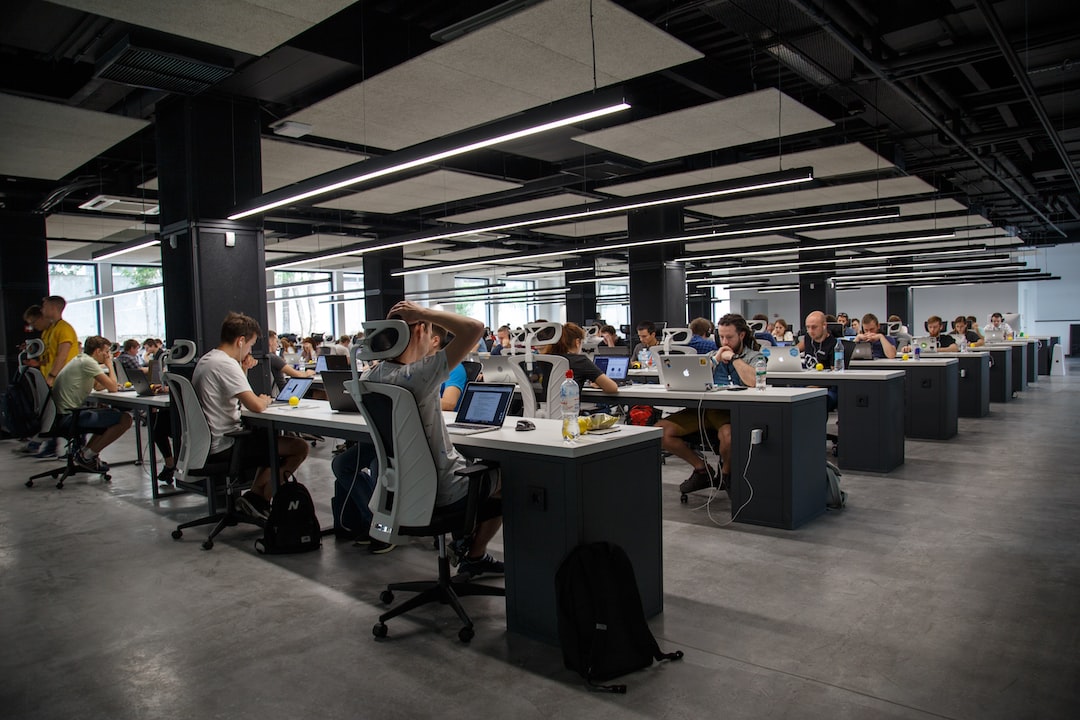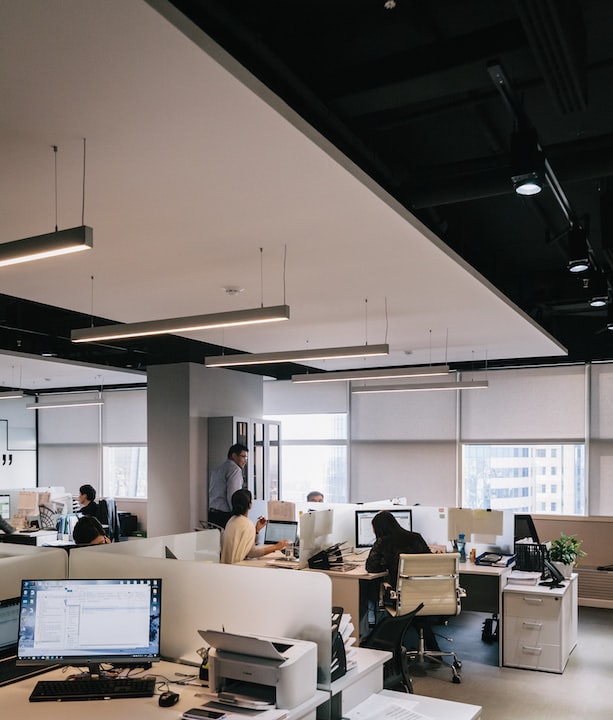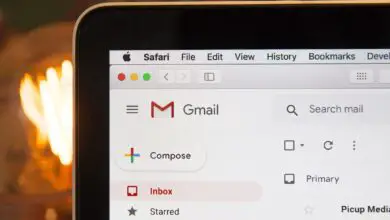
In the 1950s, a concept called Open Office was born due to the dream of collaboration in the office. But some components have changed this seemingly practical and effective concept over time, and this system is predicted to change in the future.
The idea of a unified office without rooms or separating walls first appeared in Germany about 70 years ago, and in recent decades it has become a system for designing work environments in many countries. The idea of these offices first came to fruition in startups and companies in the field of technology, but over time in other fields such as advertising, media, and even architecture, it became a desirable structure for offices. Increasing productivity and creativity in the workplace became the most crucial factor in replacing these types of offices with traditional offices.
But these days, the structure of integrated offices, which have a design without separating walls or short walls, is less and less popular. This concept, in an article published in the Washington Post in 2015, which mentioned the decrease in the use of these offices, caused many people to doubt it. Factors such as creating distractions for others and increasing the possibility of disease transmission questioned the structural concept of these offices. In a part of the article, it was stated: Being forced to listen to colleagues’ work or non-work phones is one of the inevitable problems in these offices.
The study in this regard also found similar results. The obtained documents showed that contrary to the idea that open office environments have productivity and work creativity, the result of working in these offices will be a decrease in productivity and an increase in the spread of diseases. Communicable diseases can lead to several days of employee absence. But where is the problem? What is wrong with these offices, and what is the solution to create more modern and better working environments?
The offices of the future are coming.
The fact is that there still needs to be a practical solution, and virtual work offices are not going to be an ideal replacement for current offices. The offices of the future are a combination of traditional offices with some features of the modern world.
The next generation of offices combines private offices with cubicles and temporary walls created as open offices for employees. These rooms should be soundproof, and all employees can concentrate. This is part of what we are witnessing to some extent. A study conducted by Gensler architecture and design company in 2013 determined that 54% of employees’ time is spent focusing on their work while in their work environment. This number was about 48% in 2008.
It has been determined that multi-purpose offices, where separate environments are considered for employees’ work and the possibility of working in different office departments, have increased overall efficiency.
“I don’t necessarily sit at my assigned desk during work,” says Holly Honig, director of Herman Miller’s home appliance manufacturing plant. I might be working outside the conference room or talking on the phone in another part. Plus, Holly notes that she’s usually in the company buffet with her laptop, which is a more energetic environment for her. When Holly needs extra focus or is busy talking on her phone, she returns to her desk or the focus room.
Currently, short walls are still the leading platform for offices. These walls were invented in 1964 at Herman Miller by the then manager Robert Propst to improve the structure of open offices and, to some extent, help employees’ privacy in the workplace. These walls were made of quality panels, and separating and moving them was easy. Therefore, employees could decide to work standing or sitting, have their workspace, and have the possibility of changing the workspace. A goal that Propst hoped to achieve with these short walls.
His invention, the Action Office, was created to recognize more of the human sense in the workplace, but companies were concerned about using this propest invention. While the competitors were busy selling their samples and blindly using the Propst idea, they made and launched their products with lower quality and smaller sizes. So many inappropriate and low-quality products can be seen in offices nationwide. In the early 80s, when the sale of personal computers had explosive growth, desktops also experienced a significant increase.
Despite Propst’s goals, by 1990, the idea of cubicles in offices fell out of fashion. Employees didn’t like it either, which made companies remove office walls. Of course, this change also helped to reduce the costs of companies. Because in addition to not having to pay for the supply and installation of walls, companies could accommodate more employees in their offices. Today, many companies use 2 x 2-meter cubicles to isolate employees. By removing the walls, the working space of each employee reaches about one to one and a half square meters, which makes it possible to accommodate 300 to 400 employees on one floor of an open office. This situation is, without exaggeration, something like a chicken coop. According to Matthew David, organizational psychologist and office designer, only some people are interested in spending time in such an office.
Due to economic developments and the change in how people work in the workplace, the offices separated by cubicles were less noticed, and the companies moved towards changing the appearance of their offices. It is estimated that 15-20% of corporate offices have been completely converted into open offices.
Against all odds, we may soon be in for a new wave of newer offices. Because suddenly, various reasons have been found to change the current view of office design, which can cause this wave. The big question for many industries is how to create environments where people want to spend at least a third of their day in an office.
At the same time, measuring factors affecting efficiency has become more critical due to the changing trend of current factors. Portable tools and communication methods such as Slack have improved the process of managing things in work environments and measuring the efficiency of employees, and components such as fixed work time, workplace, and how to do work have given way to do useful things.

Currently, flexible offices are being replaced by traditional or open offices. In these working environments, more space is provided to employees. Everyone can work with their laptops in different parts of the office. Upon entering these offices, we see diverse work environments. Fixed desks and chairs, comfortable couches, large and small desks in different departments, and people sitting and working in the corners of these offices with headphones in their ears. The level of work concentration in these offices for employees is far more than in other environments.
For example, there are about 250 people working in an office with an area of approximately 3000 square meters, which means a huge space for each person and, of course, the freedom to choose the work environment. People can even work or hold meetings outside the building, which increases productivity and creativity.
Currently, the concept of fixed desks is declining. If you are not employed in the office described, you will probably be used in such an office and enjoy its benefits. As a rule, in such an environment, productivity is more important than physical presence, and this means more satisfaction for the employer and employees.
This new concept will replace open offices in the not-too-distant future and will seriously change the old concepts in office design.
Office without borders
Traditional open offices are now replacing flexible offices. For example, if you have a doctor’s appointment during working hours, you can quickly leave the office during lunch, arrive at the doctor’s appointment, and send or answer work emails at home during dinner. If such a change is replaced, companies will also prefer employees’ remote work to their face-to-face work.
This level of flexibility in the workplace allows employees to create a better balance between their professional and personal lives. The advancement of mobile technologies helps employees to do their jobs in any environment. Fixed working hours have given way to efficient tasks. At the same time, managers prefer employees who are more available to employees who are only in the workplace for fixed hours.
In a survey in America, half of the American employees said that they regularly check their work email after working hours and even on weekends. Modern offices have become an undefined concept that is turning offices into coffee shops with furniture and even beds. Any place with an internet connection in the office environment and outside it can be considered an office in this new format.
In better language, offices are becoming environments similar to homes. Spaces that are visually beautiful and look cozy and comfortable. Work environments are gradually becoming living spaces.
This level of flexibility may combine the concept of home and the work environment so that both spaces are suitable for professional work and comfortable living. When a working environment has a valuable output, it doesn’t matter whether it is for a home audience or a work environment.
Meena Krenek, an architect, believes that we no longer design workplaces with the assumption that people will spend 8 to 9 hours a day consistently. Now the work is being done by employees every hour and seven days a week.
What do you think? Is your office an open space, or are you separated from your colleagues by rooms or cubicles? In your opinion, what changes can transform your workspace and increase your productivity?







